THE TOPICS of nature, environment, climate and sustainability education – In short: environmental education
Environmental education has so many colorful facets!
Environmental education? Like biology lessons in school?
No, not at all!
Environmental education is diverse. Environmental education is exciting. Environmental education is informative. Environmental education is learning and trying things out. Environmental education is discovering and experiencing. Environmental education is seeing, hearing, feeling, smelling, tasting. Environmental education in Berlin consists of many different and exciting topics for young and old. Everyone will find something that they will enjoy and that will bring them closer to the urban nature of Berlin. Get excited, inspired and informed!
OUR TOPICS AT A GLANCE
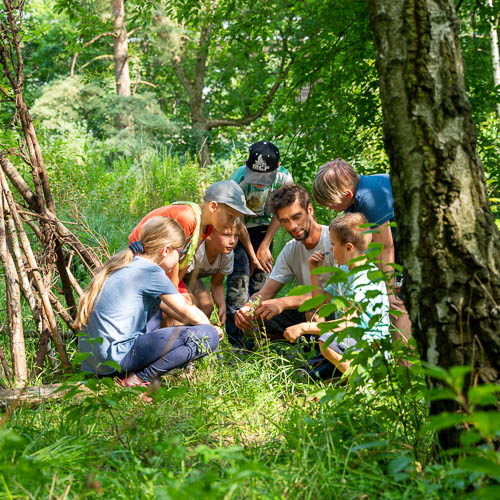
Explore the untamed nature, in the middle of Berlin!
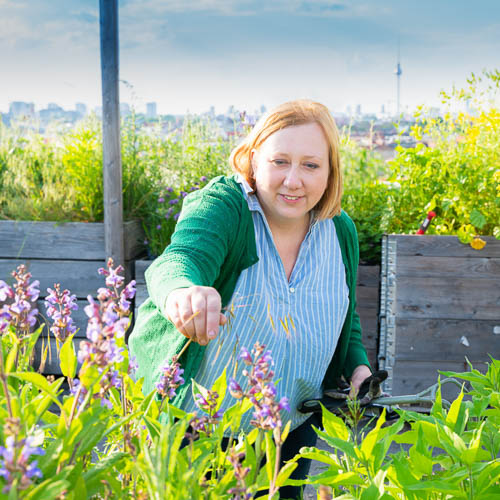
Enormous variety, always new to discover!
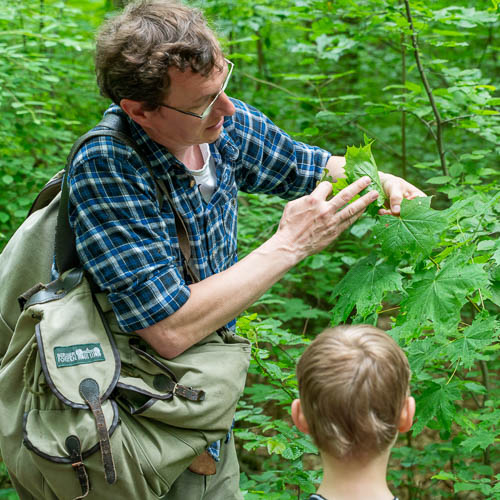
Deepen your knowledge of native animals and plants!
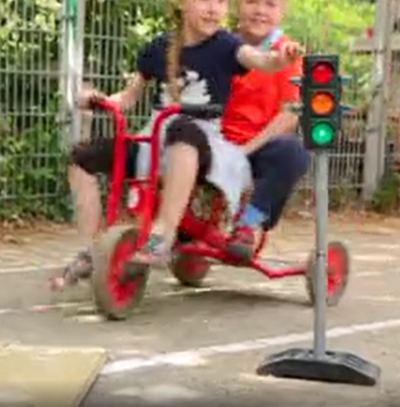
What will urban mobility look like in the future?
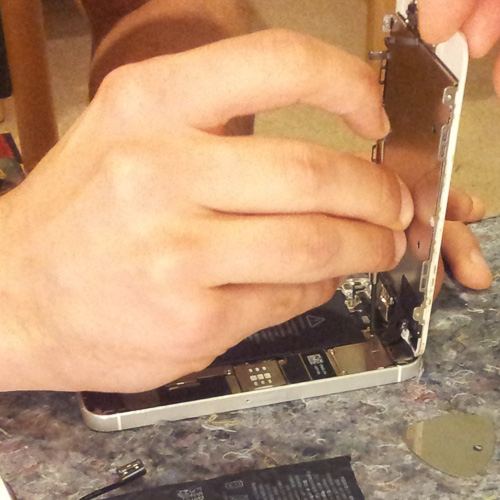
You want to critically question the consumer society?
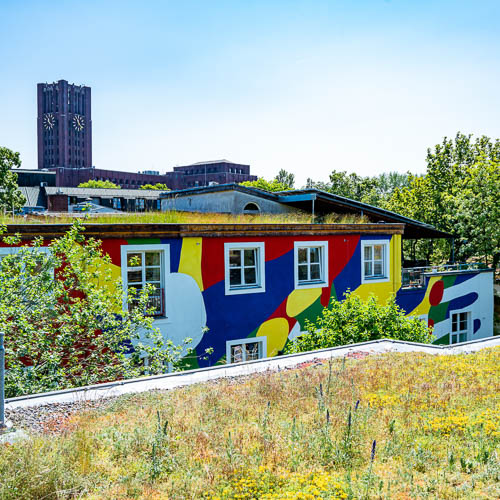
How do we use energy and resources sensibly?
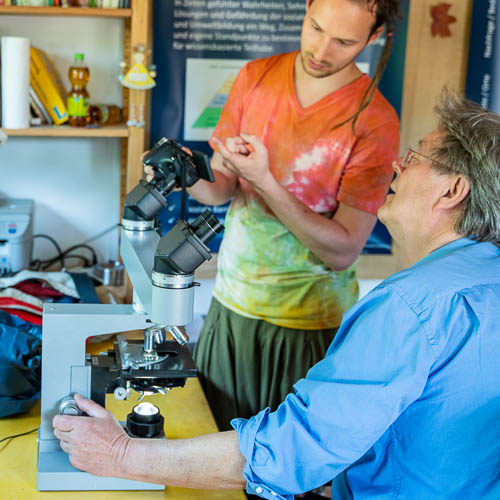
You never stop learning – throughout your life!
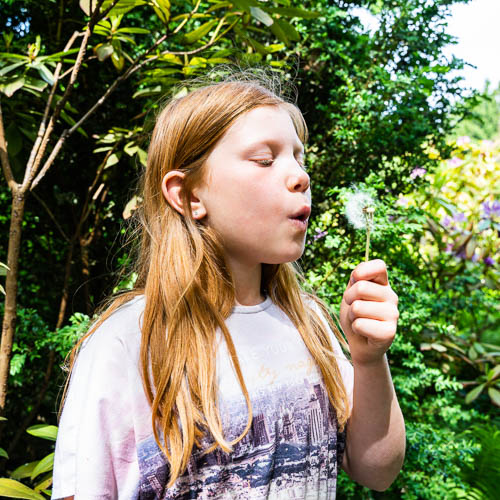
Let yourself be captivated by the colorful plant world!
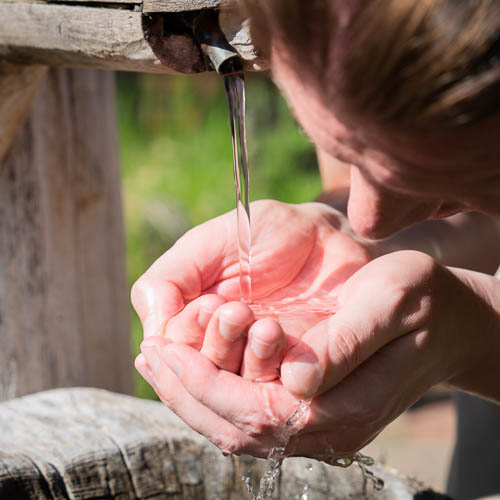
Water today and in the future – a core issue of our time!
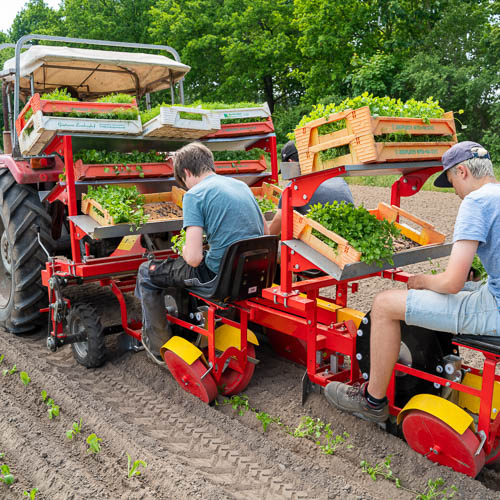
What makes a healthy diet – for our bodies and the planet?
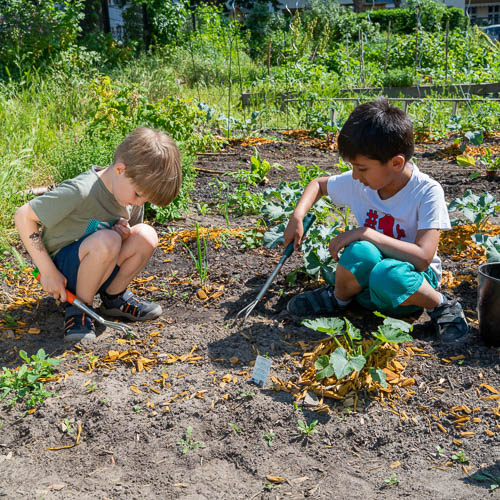
Exploring the ground – together!
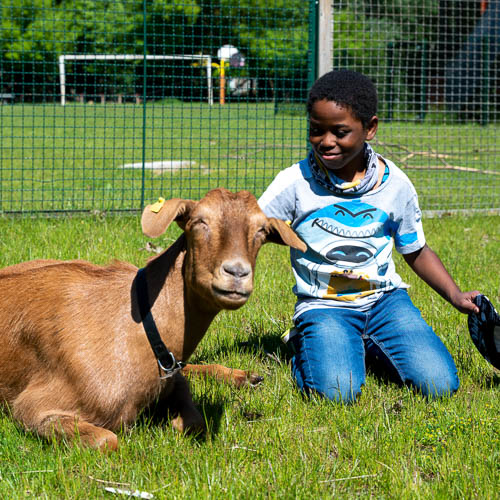
Get to know very special city dwellers!
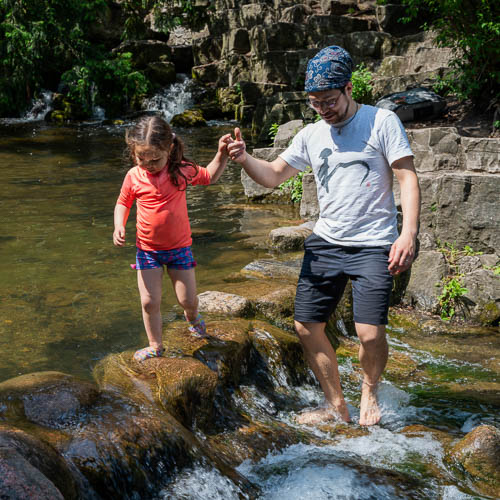
Experience nature with all your senses!
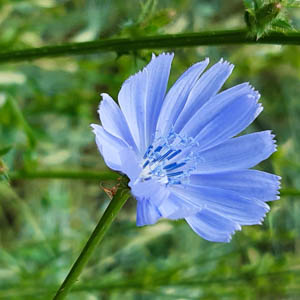
Get involved and become a part of Naturstadt.berlin!

Are there any questions or suggestions?
Environmental education topics

Wilderness
What is often missed most in the city is untamed nature that is not shaped by humans. In fact, there are some places of real wilderness in Berlin that you can roam through and that carry you from the city into the wilderness with all your senses and cast a spell on you.
Urban Nature
A daisy between gray asphalt slabs or colorful seas of flowers high above us, on the roofs of the city. Urban nature makes its way in many different ways and can be found in many different places. Starting with the tree slice in front of your front door, through the large parks and green spaces, in cemeteries, to small, neighborhood and community gardens, old fallow land, numerous stretches of banks on the Spree and other water areas, to backyards, on roofs and balconies and windowsills. Thanks to our seasons, the enormous diversity can be rediscovered regularly. For example, new plants blossom in nature almost every week, offering an interplay of color and form. In the animal world, too, the cycle of life can be observed over the weeks and months, from building, mating, nesting and brooding, to the emergence of new life, bustling activity and subsequent arrival of autumn and winter. Our flora and fauna have many strategies to survive the cold season. Not everything is always immediately recognizable and a discovery tour – even on familiar paths – is always rewarded with something surprising and new.


Green learning spots
In addition to many green spots and nature trails in urban nature, which invite us to independently experience our nature and learn more about it, there are green learning spots. Those have made it their task to bring people closer to native plants and animals and many other topics. Sometimes we need someone to take us by the hand and show us all the hidden and beautiful things around us. In green learning spots, young and old can get to know the variety of environmental education and nature. You will always find an experienced and knowledgeable person at their side. They are ideal places to deepen one's own knowledge and understand more complex relationships.
Mobility
Cities are often hectic and people like to be flexible and get from one place to another in a short amount of time. There is a variety of means of transportation to choose from. On foot, on a bicycle or e-scooter, by car or various forms of public transport. But what does my choice of means of transport actually mean, i.e. my mobility for other people, my environment and nature? What will the mobility of the future look like in the big city?


Sustainability, Repair Cafés and Up- & Recycling
This is a movement against the throwaway society and also mass consumption with all its negative consequences in the garbage and waste management. Used, old and defective objects (some of them from grandmother's time) can be repaired and made fit again. In this way, the amount of waste can be reduced. It's a priority to save the environment through lower production, plus it also saves your wallet. Repair-Cafés in your districts show the numerous sustainable possibilities of repairing, up- & recycling. In addition to repairing your devices and objects, they offer helpful and practical tips on how to be mindful about the objects in your life and contribute positively to environmental protection and a more sustainable life.
Energy and resources
Wind turbines and solar cells as a sustainable way of generating energy are not just an issue for the vast fields in the countryside. In the city, too, we have thousands of square meters of unused roof surfaces that offer the best conditions for the use of solar energy and greening. The dry and hot summers are causing us more and more problems in the big city and are increasingly aggravating the problem of water availability. That is because urgently needed rain quickly evaporates on hot sealed surfaces of the street and on facades and hot roofs before the valuable water reaches the soil. Dealing with resource scarcity and sustainable energy production is therefore a central topic of environmental education. In any case, for local sustainable solutions it is also worth looking outside one's own front door.


Adult Education
Education and experience take place throughout life and enrich our lives in everyday life. The childlike amazement when the little ones learn something new and get big eyes are not necessarily only seen in children. You never stop learning. Especially as an inveterate city dweller, there is a lot to marvel at and learn in environmental education.
Plants
Plants are food for us and many other animals, but they also delight us with their colorful flowers, lush green leaves or their scent. The diversity ranges from rare native species, to widespread, well-known plants, to real exotics from distant countries that allow us a glimpse into the world. The world of plants offers endless knowledge about the different species and their uses. This knowledge reaches from their use in our food, over medicine and cosmetics, to their role as a source of food in agriculture and for numerous wild animals and insects. We can learn many things about how to grow, care for and harvest them. Plants can also inspire the musical senses as we roam through their diverse gardens, forests and meadows. They inspire human creativity and have captivated many poets, thinkers and painters.


Water
Life and all living beings – including humans – consist largely of water. Water falls from the sky, water flows deep under our feet in the soil and through the center of our city. Water is essential for the daily life of plants, animals and humans. Today, water is also a limited resource, and the consequences of climate change and the resulting rise in temperature are additionally gnawing away at our planet's water reserves. Especially in the city, the many sealed surfaces make it difficult for water to find its way through the ground, where it can supply flora and fauna and also fill the large reservoirs of groundwater for humans. In addition, water surfaces such as rivers, canals, lakes and ponds and their associated biotopes make an important contribution to natural cooling, especially in the hot big city. We all know the heavenly, slightly cool breeze when we sit by the water in the shade of a tree. Core topics of our time are, how important water is for the natural cycle of the planet and thus of every life, how we use water and what we can do, especially in the city, to ensure that this valuable resource is also available to us in the future.
Healthy diet
Our food has an effect on our well-being and health, but it also has an effect on our environment and the resources of our planet. What we eat every day has often traveled around the planet, consumed transportation and fuel, and been manipulated to grow faster or last longer. Often there are also harmful substances associated with it, which we then take into our bodies through the daily meal. A healthy diet therefore not only involves to find out how we can select, produce and process food so that it is as low in harmful substances as possible. It also tries to protect the environment and nature and to avoid unnecessarily long transport distances. It shows us humans how we can also produce healthy food ourselves. For instance, locally in our own garden or on the balcony, and how to supply ourselves and thus become a bit more independent of the global supply chains.


Community gardening
Putting their hands in the soil and their heads together, putting what they have learned into practice, gaining their own experience and reaping the successes and fruits of their own labor: this is how hundreds of people in Berlin plan and run gardens in the middle of the city. Here, people can grow their own vegetables or fruit. In a way, they create a little oasis in the rushing city of Berlin. The active contact and interaction with nature and with other people in a community offers a positive effect on personal health and a balance to the concrete-heavy everyday life. Moreover, it provides important social connection and networking in the anonymity of the big city.
Animals
There can also be a real farm feeling in a big city. There are all kinds of things to see, from Thuringian Forest goats to water buffalo to mini pigs. Young and old can visit many animals, feed them, pet them and learn a lot about them.


Experience nature
To walk through a river by a waterfall and feel the cool wet on your feet, you don't have to go far. The feeling of nature, of sunlight and lush grass on the skin, of fresh air, a lightly scented breeze around the nose, the rustling of leaves and needles in the wind and the busy buzzing and chirping all around, is what we associate with nature. There are also numerous small and large oases and biotopes in the city, and we can be tickled by delicate rays of sunlight falling through a dense canopy of leaves. Berlin's urban nature has a lot to offer.
Participate
Many people long to apply what they have learned and actively do something for a more sustainable way of life. Berlin offers countless opportunities to get actively involved in any topic related to nature, environment and climate education, to meet like-minded people, to do meaningful things and thus actively contribute to a better future for all. Whether it's large-scale garbage collection campaigns, active nature conservation in the city, re- & upcycling of consumer goods, voluntary care of city trees, active participation in urban development issues, the joint cultivation of tender little plants, or even the management of a dozen bee colonies, Berlin is home to many nature-oriented and sustainable initiatives, associations and organizations in which one can become active.
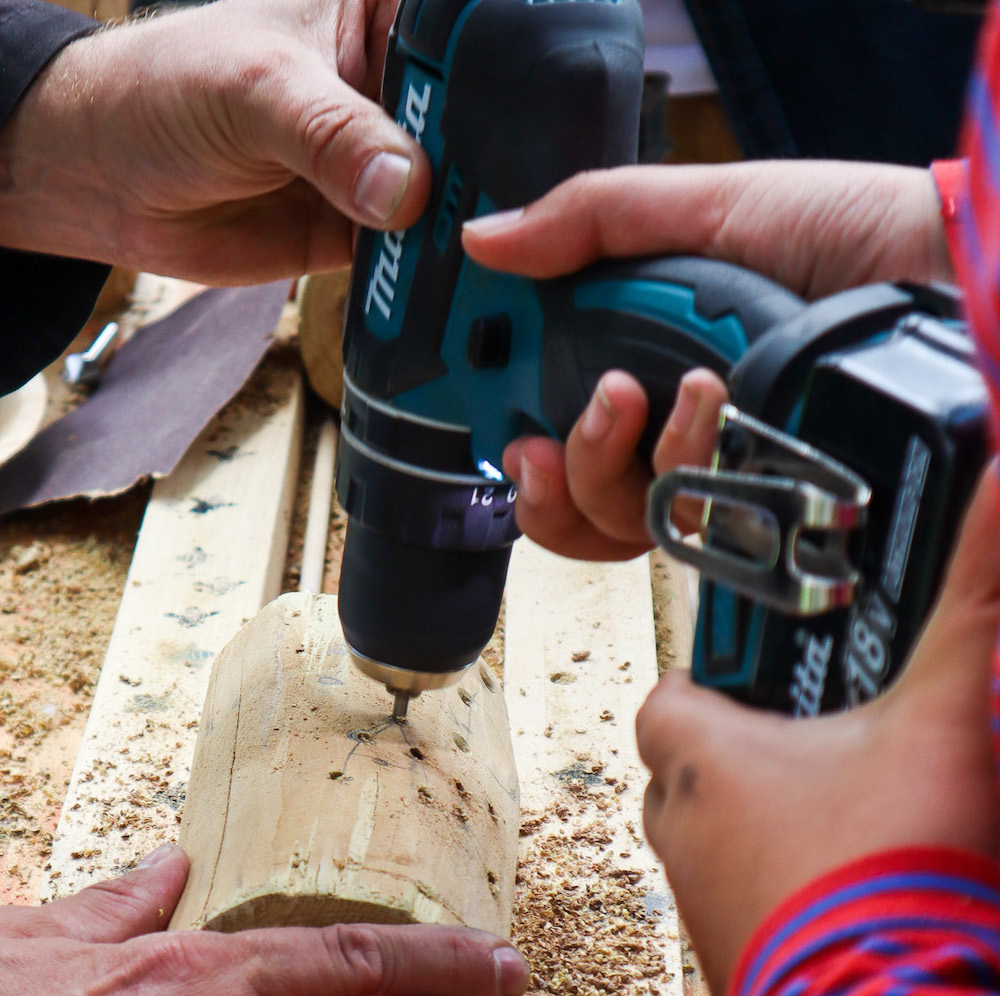

Wilderness
What is often missed most in the city is untamed nature that is not shaped by humans. In fact, there are some places of real wilderness in Berlin that you can roam through and that carry you from the city into the wilderness with all your senses and cast a spell on you.

Urban Nature
A daisy between gray asphalt slabs or colorful seas of flowers high above us, on the roofs of the city. Urban nature makes its way in many different ways and can be found in many different places. Starting with the tree slice in front of your front door, through the large parks and green spaces, in cemeteries, to small, neighborhood and community gardens, old fallow land, numerous stretches of banks on the Spree and other water areas, to backyards, on roofs and balconies and windowsills. Thanks to our seasons, the enormous diversity can be rediscovered regularly. For example, new plants blossom in nature almost every week, offering an interplay of color and form. In the animal world, too, the cycle of life can be observed over the weeks and months, from building, mating, nesting and brooding, to the emergence of new life, bustling activity and subsequent arrival of autumn and winter. Our flora and fauna have many strategies to survive the cold season. Not everything is always immediately recognizable and a discovery tour – even on familiar paths – is always rewarded with something surprising and new.

Green learning spots
In addition to many green spots and nature trails in urban nature, which invite us to independently experience our nature and learn more about it, there are green learning spots. Those have made it their task to bring people closer to native plants and animals and many other topics. Sometimes we need someone to take us by the hand and show us all the hidden and beautiful things around us. In green learning spots, young and old can get to know the variety of environmental education and nature. You will always find an experienced and knowledgeable person at their side. They are ideal places to deepen one's own knowledge and understand more complex relationships.

Mobility
Cities are often hectic and people like to be flexible and get from one place to another in a short amount of time. There is a variety of means of transportation to choose from. On foot, on a bicycle or e-scooter, by car or various forms of public transport. But what does my choice of means of transport actually mean, i.e. my mobility for other people, my environment and nature? What will the mobility of the future look like in the big city?

Sustainability, Repair Cafés and Up- & Recycling
This is a movement against the throwaway society and also mass consumption with all its negative consequences in the garbage and waste management. Used, old and defective objects (some of them from grandmother's time) can be repaired and made fit again. In this way, the amount of waste can be reduced. It's a priority to save the environment through lower production, plus it also saves your wallet. Repair-Cafés in your districts show the numerous sustainable possibilities of repairing, up- & recycling. In addition to repairing your devices and objects, they offer helpful and practical tips on how to be mindful about the objects in your life and contribute positively to environmental protection and a more sustainable life.

Energy and resources
Wind turbines and solar cells as a sustainable way of generating energy are not just an issue for the vast fields in the countryside. In the city, too, we have thousands of square meters of unused roof surfaces that offer the best conditions for the use of solar energy and greening. The dry and hot summers are causing us more and more problems in the big city and are increasingly aggravating the problem of water availability. That is because urgently needed rain quickly evaporates on hot sealed surfaces of the street and on facades and hot roofs before the valuable water reaches the soil. Dealing with resource scarcity and sustainable energy production is therefore a central topic of environmental education. In any case, for local sustainable solutions it is also worth looking outside one's own front door.

Adult Education
Education and experience take place throughout life and enrich our lives in everyday life. The childlike amazement when the little ones learn something new and get big eyes are not necessarily only seen in children. You never stop learning. Especially as an inveterate city dweller, there is a lot to marvel at and learn in environmental education.

Plants
Plants are food for us and many other animals, but they also delight us with their colorful flowers, lush green leaves or their scent. The diversity ranges from rare native species, to widespread, well-known plants, to real exotics from distant countries that allow us a glimpse into the world. The world of plants offers endless knowledge about the different species and their uses. This knowledge reaches from their use in our food, over medicine and cosmetics, to their role as a source of food in agriculture and for numerous wild animals and insects. We can learn many things about how to grow, care for and harvest them. Plants can also inspire the musical senses as we roam through their diverse gardens, forests and meadows. They inspire human creativity and have captivated many poets, thinkers and painters.

Water
Life and all living beings – including humans – consist largely of water. Water falls from the sky, water flows deep under our feet in the soil and through the center of our city. Water is essential for the daily life of plants, animals and humans. Today, water is also a limited resource, and the consequences of climate change and the resulting rise in temperature are additionally gnawing away at our planet's water reserves. Especially in the city, the many sealed surfaces make it difficult for water to find its way through the ground, where it can supply flora and fauna and also fill the large reservoirs of groundwater for humans. In addition, water surfaces such as rivers, canals, lakes and ponds and their associated biotopes make an important contribution to natural cooling, especially in the hot big city. We all know the heavenly, slightly cool breeze when we sit by the water in the shade of a tree. Core topics of our time are, how important water is for the natural cycle of the planet and thus of every life, how we use water and what we can do, especially in the city, to ensure that this valuable resource is also available to us in the future.

Healthy diet
Our food has an effect on our well-being and health, but it also has an effect on our environment and the resources of our planet. What we eat every day has often traveled around the planet, consumed transportation and fuel, and been manipulated to grow faster or last longer. Often there are also harmful substances associated with it, which we then take into our bodies through the daily meal. A healthy diet therefore not only involves to find out how we can select, produce and process food so that it is as low in harmful substances as possible. It also tries to protect the environment and nature and to avoid unnecessarily long transport distances. It shows us humans how we can also produce healthy food ourselves. For instance, locally in our own garden or on the balcony, and how to supply ourselves and thus become a bit more independent of the global supply chains.

Community gardening
Putting their hands in the soil and their heads together, putting what they have learned into practice, gaining their own experience and reaping the successes and fruits of their own labor: this is how hundreds of people in Berlin plan and run gardens in the middle of the city. Here, people can grow their own vegetables or fruit. In a way, they create a little oasis in the rushing city of Berlin. The active contact and interaction with nature and with other people in a community offers a positive effect on personal health and a balance to the concrete-heavy everyday life. Moreover, it provides important social connection and networking in the anonymity of the big city.

Animals
There can also be a real farm feeling in a big city. There are all kinds of things to see, from Thuringian Forest goats to water buffalo to mini pigs. Young and old can visit many animals, feed them, pet them and learn a lot about them.

Experience nature
To walk through a river by a waterfall and feel the cool wet on your feet, you don't have to go far. The feeling of nature, of sunlight and lush grass on the skin, of fresh air, a lightly scented breeze around the nose, the rustling of leaves and needles in the wind and the busy buzzing and chirping all around, is what we associate with nature. There are also numerous small and large oases and biotopes in the city, and we can be tickled by delicate rays of sunlight falling through a dense canopy of leaves. Berlin's urban nature has a lot to offer.

Participate
Many people long to apply what they have learned and actively do something for a more sustainable way of life. Berlin offers countless opportunities to get actively involved in any topic related to nature, environment and climate education, to meet like-minded people, to do meaningful things and thus actively contribute to a better future for all. Whether it's large-scale garbage collection campaigns, active nature conservation in the city, re- & upcycling of consumer goods, voluntary care of city trees, active participation in urban development issues, the joint cultivation of tender little plants, or even the management of a dozen bee colonies, Berlin is home to many nature-oriented and sustainable initiatives, associations and organizations in which one can become active.
Find the best places and offerings for nature, environment, climate and sustainability education in your district:
Are you curious and want to explore the topics of environmental education for yourself? There's bound to be something exciting near you!
Get to know your contact persons and learn more about the local offers and places in your district: